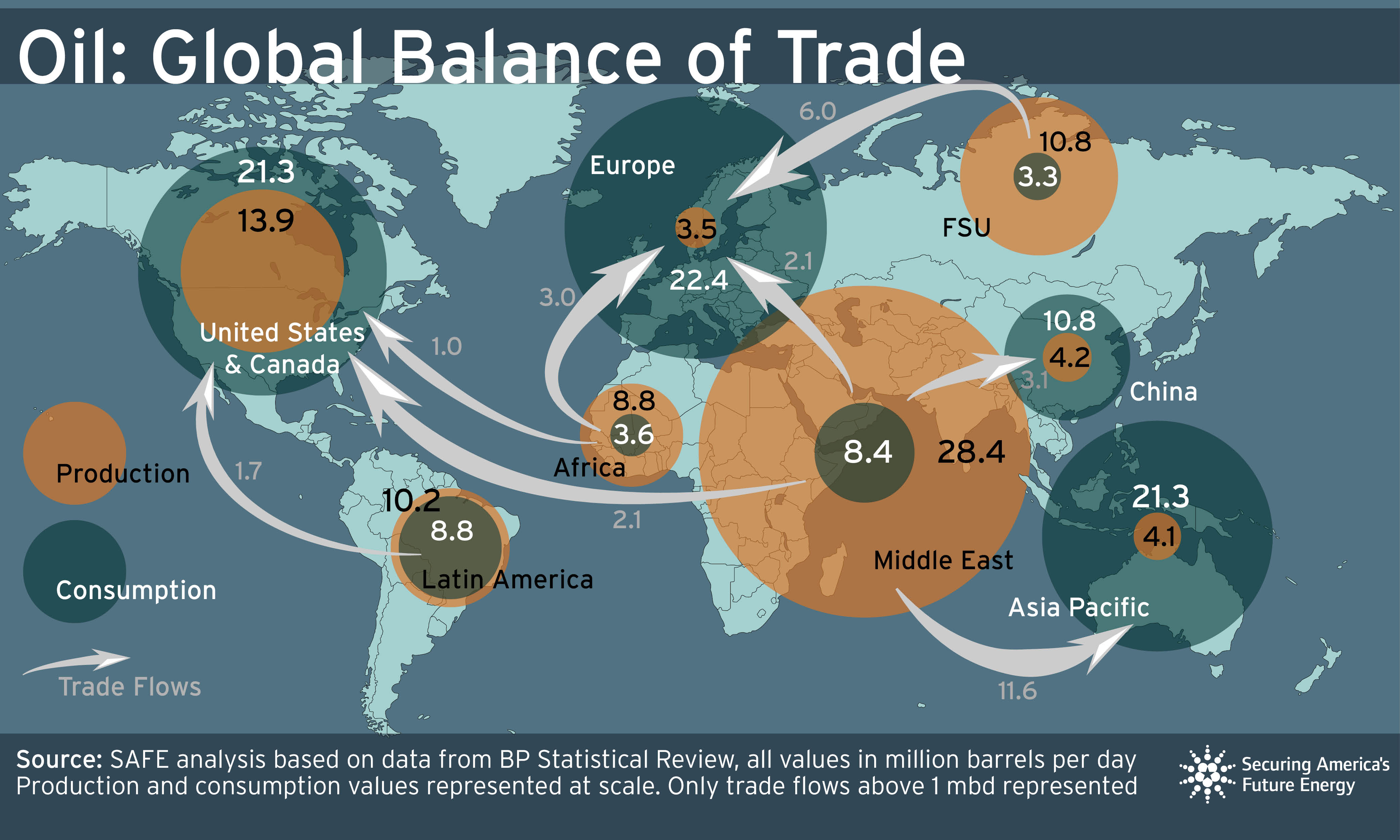By: Leslie Hayward, Senior Vice President of Public Affairs, SAFE, Abigail Hunter, Executive Director of the Center for Critical Minerals Strategy, SAFE, and Zubeyde Oysul, Senior Policy Analyst for the Center for Critical Minerals Strategy, SAFE
The U.S. and Indonesia have released a joint statement on a major trade deal on a broad range of goods. For those of us in the metals and minerals space, the primary focus is on critical minerals provisions—especially nickel, given Indonesia’s prominent role as a low-cost global producer.
The joint statement says, “Indonesia will remove restrictions on exports to the United States of industrial commodities, including critical minerals.” This could mark a significant change to the status quo (although there is some uncertainty on if nickel ore exports to the U.S. are included) but there’s still much work to be done for the U.S. to maximize the benefits for our national security and economy interests. Here are some toplines:
Current U.S. nickel market status
The U.S. has limited nickel production and no nickel smelting capability. One operating nickel mine in Michigan sends ore over the border to Ontario for refining and smelting, and the mine is expected to close in 2029. While other nickel mine projects are in development, most do not plan to have on-site smelting or processing capabilities at scale (although Nth Cycle has a processing project in operation, and Westwin Elements is developing nickel processing in Oklahoma).
Talon Metals is one exception—developing the Tamarack Nickel-Copper-Cobalt Project in Minnesota, with mining operations expected to begin in 2028. Talon also plans to build a processing facility in North Dakota to produce mixed hydroxide precipitate (MHP), a nickel intermediate.
U.S. primary nickel import dependence is 47%; the largest import sources are Canada, Norway, Australia, and Brazil. Nickel serves a variety of commercial and defense applications in alloys and steels, electroplating, and other uses including catalysts and chemicals. Stainless and alloy steel and nickel-containing alloys typically account for more than 85% of domestic consumption. Nickel is essential in defense, automotive, and other industrial applications, so this is an important metal for American interests.
How will the Indonesia deal impact the U.S.?
If it happens, Indonesia agreeing to remove current export restrictions on key minerals like nickel, bauxite, and copper to the United States is a noteworthy policy concession, and creates the possibility that America can obtain metal supplies that would otherwise go to Chinese controlled smelters, and then get exported to China for Chinese stainless steel or nickel sulphate production purposes. Therefore, this direct concession to the U.S. could redirect meaningful volumes of material—if we build the capacity to transform the raw ore.
Understanding the export bans
Indonesia’s export bans discouraged Western investment in their metals industry, particularly from companies that did not find it economically viable to build new processing facilities in Indonesia.
While Western investors technically had the option to sell ore to existing Indonesian processors, this was also unattractive. Domestic oversupply—fueled by the export ban—drove down prices and distorted the market. Chinese companies were uniquely positioned to capitalize on this environment thanks to access to cheap financing, which enabled them to build out significant processing capacity. As a result, they now control over 75% of Indonesia’s refining capacity and dominate the ownership and operation of key industrial parks, such as Morowali and Weda Bay, where most nickel processing takes place.
A breakthrough for U.S. nickel supply?
If the U.S. can now import Indonesian nickel ore, will we have greater security of nickel supply? It’s complicated. As highlighted by Vale Base Metals, a Canadian nickel producer, in our recent Pillars of Power report release event, even if the stars aligned on every policy and financing challenge we are still ten years away from a domestic nickel smelter.
In terms of defense, Indonesian nickel produced by Chinese companies is not technically blocked under defense acquisition regulations. However, military applications mostly require class 1 nickel, not class 2. Indonesia produces the latter.
Meanwhile, the Section 45X tax credit remains essential for domestic mineral processing. Because of the Prohibited Foreign Entity restrictions for 45X added in the OBBBA, China’s presence in Indonesia’s nickel industry could complicate if this supply would quality for tax credit. However, nickel from Indonesia’s Sorowako—one of the world’s largest nickel mines owned by Canda’s Vale and Japan’s Sumitomo—should meet PFE qualifications.
Indonesia is still playing by its own rules…
It’s not clear that Indonesia’s strategy has fundamentally changed: It wants to move up the value chain, attract investment on its terms, and keep foreign firms on a relatively short leash. Policymakers must keep in mind:
- Indonesia still has mandatory divestment laws require foreign mining firms to cede majority ownership (51%) to Indonesian entities over time. That’s a major deterrent for Western investors.
- Indonesia’s environmental and labor practices continue to raise alarm bells. Indonesian nickel has been flagged by the U.S. Department of Labor for forced labor concerns, particularly in Chinese-owned smelters, while extraction has decimated old growth rainforest. The joint statement mentions commitments from Indonesia to strengthen enforcement of its labor laws; we laud the Trump administration for including this requirement in the framework agreement. Weak environmental and labor standards have played a role in Indonesia….
- Undercutting global nickel producers. Indonesia has flooded the global market with cheap nickel, helping drive down prices and creating challenges for higher-cost (and higher-standard) producers in Australia and Canada. IEA and other analysts expect that nickel refining concentrations will grow significantly between now and 2040—so moving towards higher production standards and U.S. access to Indonesian nickel is a positive step.
- The intrigue: Indonesia has also floated the idea of a joint venture on critical minerals with the U.S., according to a June report in Reuters—which could indicate interest in mutually beneficially collaboration. Time will tell on whether this is a gesture or more.
What about steel?
The deal also nods to steel, with Indonesia pledging to address global overcapacity. That matters because Indonesia’s ballooning steel sector—powered by carbon-intensive BF-BOF technology—is a key consumer of nickel pig iron. A slowdown in steel expansion could reshape the nickel landscape, nudging more production toward battery-grade supply. But that transition will be bumpy, and China will still call the shots in Indonesia’s refining sector.
What to watch
This deal could get at some major underlying issues in the nickel market and loosen China’s grip on a key producer country’s supply—or simply be the beginnings of a framework that may not have follow through. Whether it leads to actual U.S. investment and access to supply will depend on two things:
- Clarity on whether the export restrictions apply to nickel ore remains key.
- Policy alignment at home: If the US can access the ore, we still need a plan to develop processing and smelting capability. This is a known priority of the Trump administration.
- The depth of Indonesia’s interest in collaboration with the U.S. and the shape of a potential joint venture remains an open question.
Until then, aggressive action continues to be necessary to develop domestic nickel supplies, expand processing capabilities, ensure energy access for industrial projects, and more.







